High-security locks add another layer of defence against potential break-ins, vandalism and other unauthorised access. Advanced electronics provide a means to track and monitor who has access to the lock and to quickly react if credentials are lost or expired. This enhanced security helps protect valuable assets and information.
What Are High-Security Locks?
High-security locks meet the standards set by authorities like Underwriters Laboratories and the Building Hardware Manufacturers Association. These are usually installed on locks like mortise locks, padlocks, auxiliary deadbolts, or multipoint locks that are designed for maximum security.
The well-known UL437 rating is widely used for locks and cylinders to ensure protection from any unapproved attempts to open them. Many companies manufacture UL437-listed locks and use patented and tightly regulated key distribution networks. This rating covers tests against bypassing, lock-picking, impressioning, and forceful entry.
ANSI/BHMA A156.5 is a standard for basic lock cylinders, A156.25 is for electronic locks that require an input device, A156.30 is for high-security cylinders that are not necessarily locks, and A156.37 is for multipoint locks that have multiple locking points.
The ANSI A156.30 standard for high-security cylinders is essential if you anticipate attempts to gain entry to a secure area. This standard ensures that the weakest part of the lock system, such as the cylinder, is not a security risk.
Additionally, it ensures that any electronic inputs or manipulation are considered. It’s important to remember that a lock and door assembly is only as good as its weakest part–this includes any ungraded components in the system. It is rare for a black-bag attack to be successful, but brute-force attacks are much more common.
Best Applications of High-Security Locks
High-security locks are used in areas that are likely to experience strong winds, hurricanes, and tornadoes. ASTM E330 outlines standards for external door systems in places not exposed to violent forces.
Various brands offer mortise and reinforced multipoint lock assemblies for these wind-resistant door systems. Moreover, some of these assemblies are also rated for blast resistance. Tests conducted on doors from manufacturers have proven the efficacy of the extreme-duty multipoint locks from Securitech.
Padlocks are evaluated and rated by ASTM F883 and CEN standards, which range from level 1 to 6. Level 3 and 4 are the most common ratings for commercial products, while higher level 6 is mainly used for padlocks that require extreme service. ASTM F883 and CEN ratings measure the padlock’s resistance to surreptitious entry, cycle testing, cutting, corrosion, shock and tensile strength.
Choosing the Lock Type
The selection of lock type should be made based on the perceived risk of a security breach and the value of the asset being secured. Lock systems that are both pick- and tamper-resistant should be chosen in situations where the risk of a security breach is low, and the value of the asset is high.
To increase the time taken for any potential attack to be carried out, multiple defensive layers should be implemented. Commonly, attackers target these remote sites using tools such as saws, wheels and brute strength due to the low risk of detection.
Takeaway
High-security locks are a great way to protect your valuables and property. They provide better protection than traditional locks, as they are harder to pick, harder to damage, and require more complex keys. High-security locks are also typically more expensive than conventional locks, but the additional cost is worth it for the added peace of mind. If you’re looking for an added layer of security for your home or business, a high-security lock is a great option.
Do you need a 24/7 locksmith service? Turn to Coast to Country Locksmiths. We pride ourselves on delivering quality products and servicing. Our friendly service staff can provide you with an obligation-free quote with a no-job-too-small policy. Contact us.

